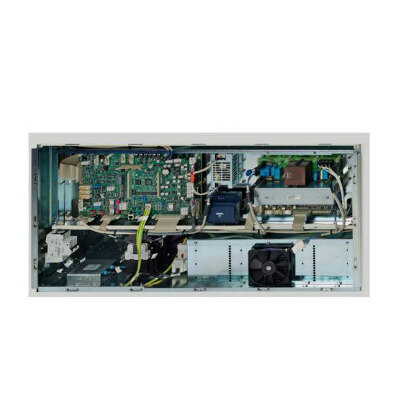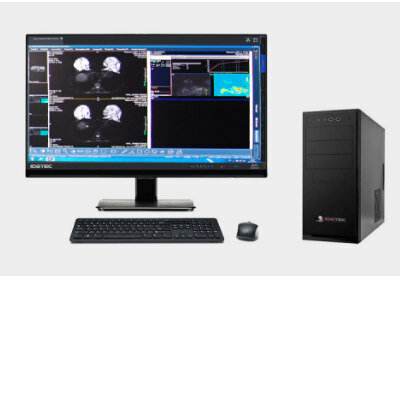New MRI Marker Found for Raised Intracranial Pressure
By MedImaging International staff writers
Posted on 29 Sep 2008
Magnetic resonance imaging (MRI) measurements of the thickness of the optic nerve sheath have been shown to be a good marker for elevated intracranial pressure (ICP). Posted on 29 Sep 2008
New research published September 9, 2008, in BioMed Central's open access journal Critical Care revealed that a retrobulbar optic nerve sheath diameter (ONSD) above 5.82 mm predicts raised ICP in 90% of cases.
The dural sheath surrounding the optic nerve communicates with the subarachnoid space and distends when ICP is elevated. Dr. Thomas Geeraerts, from Addenbrooke's Hospital (Cambridge, UK), led a team who investigated whether MRI can be used to precisely measure the diameter of the optic nerve and its sheath. He said, "Raised ICP is frequent in conditions such as stroke, liver failure, and meningitis. It is associated with increased mortality and poor neurological outcomes. As a result, the early detection and treatment of raised ICP is critical, but often challenging. Our MRI-based technique provides a useful, noninvasive solution.”
The early detection of raised ICP can be very difficult when invasive devices are not available. As the researchers reported, "Clinical signs of raised ICP such as headache, vomiting, and drowsiness are not specific and are often difficult to interpret. In sedated patients, clinical signs frequently appear well after the internal damage has been done. Optic nerve sheath distension could be an early, reactive, and sensitive sign of raised ICP.”
The investigators performed a retrospective blinded analysis of brain MR images in a prospective cohort of 38 patients requiring ICP monitoring after traumatic brain injury and 36 healthy controls. Dr. Geeraerts concluded, "We found that ONSD measurement was able to provide a quantitative estimate of the likelihood of significant cranial hypertension.”
Related Links:
Addenbrooke's Hospital














